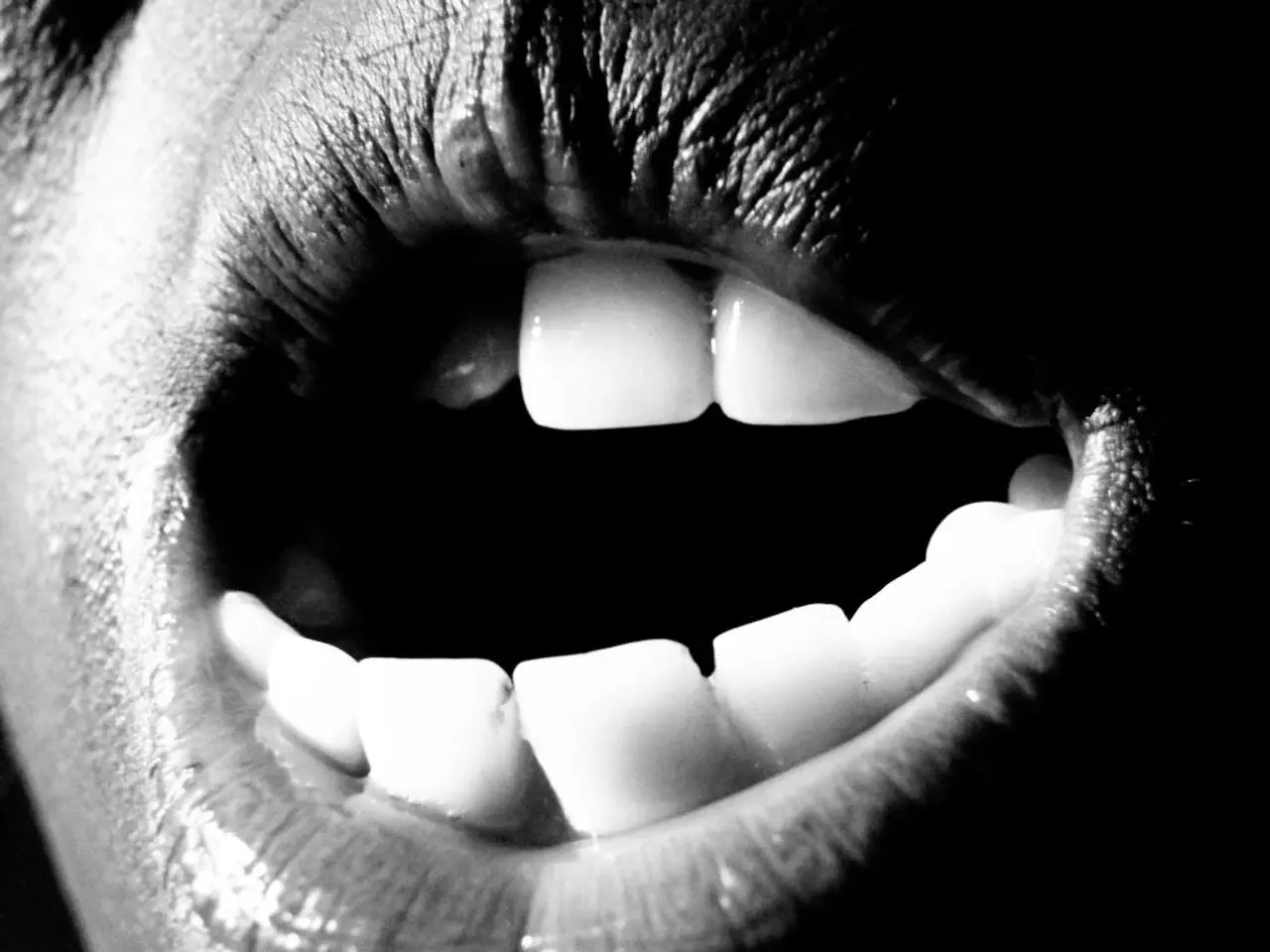Long COVID: Shortness of Breath Can Persist for Years
Shortness of breath, a common symptom after COVID-19, can linger for weeks, months, or even years. Known as long COVID, this condition affects around 26% of people who have had the virus. While it may take up to 13 days to ease, for some, it can persist much longer.
Shortness of breath after COVID-19 can manifest as frequent breathlessness, chest tightness, and reduced exercise tolerance. It can be caused by damaged lung tissue and altered breathing patterns. Factors contributing to long-term breathlessness include persistent inflammation and fibrosis of lung tissue, ventilation-perfusion mismatch, impaired oxygen diffusion, and pulmonary microvascular damage. These result in reduced lung function, hypoxemia, and respiratory symptoms such as dyspnea.
To manage shortness of breath, breathing exercises like diaphragmatic breathing, box breathing, and pursed lip breathing can be helpful. Gradually increasing exercise duration and intensity, with proper pacing and rest, can also aid recovery. However, if shortness of breath is severe, accompanied by chest pain, skin discoloration, confusion, or difficulty staying awake, seek immediate medical attention. If it lasts more than a couple of weeks, worsens, interferes with daily activities, or persists even at rest, consult a doctor.
Shortness of breath is a significant post-COVID-19 symptom that can persist for extended periods. Understanding its causes and managing it effectively are crucial for those experiencing long COVID. If you're struggling with shortness of breath after COVID-19, don't hesitate to seek medical advice.
Read also:
- Exploring the Psychological Impacts of Plant Therapy and Enhancing Mental Health through Floral Interactions
- EU Faces Demand from Protesters to Halts Incineration of American-Owned Birth Control Products
- MERS (Middle East Respiratory Syndrome): A Comprehensive Overview and Treatment Guide
- Strategies to Maintain Optimal Eye Health Throughout Aging Process





